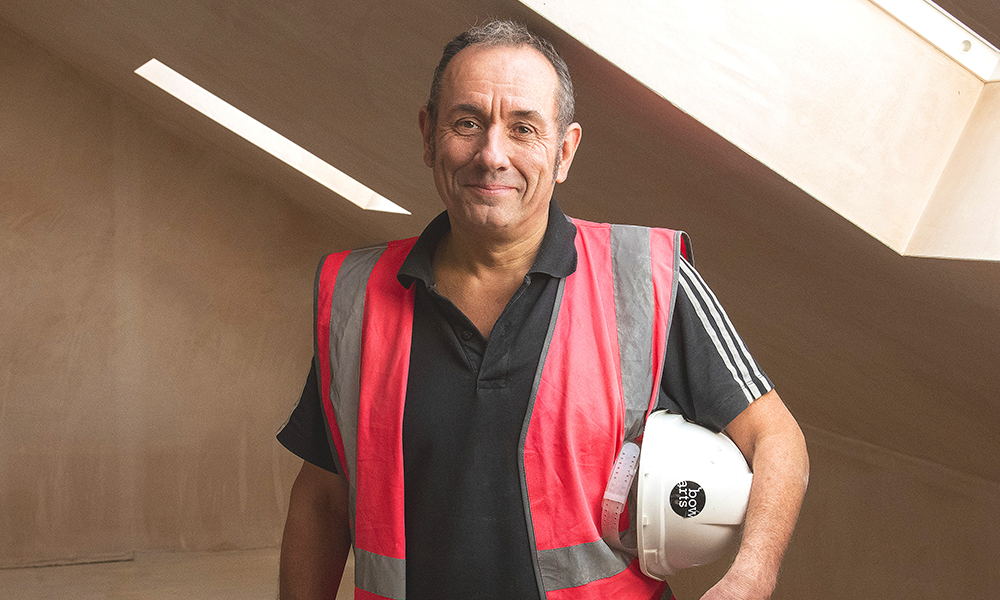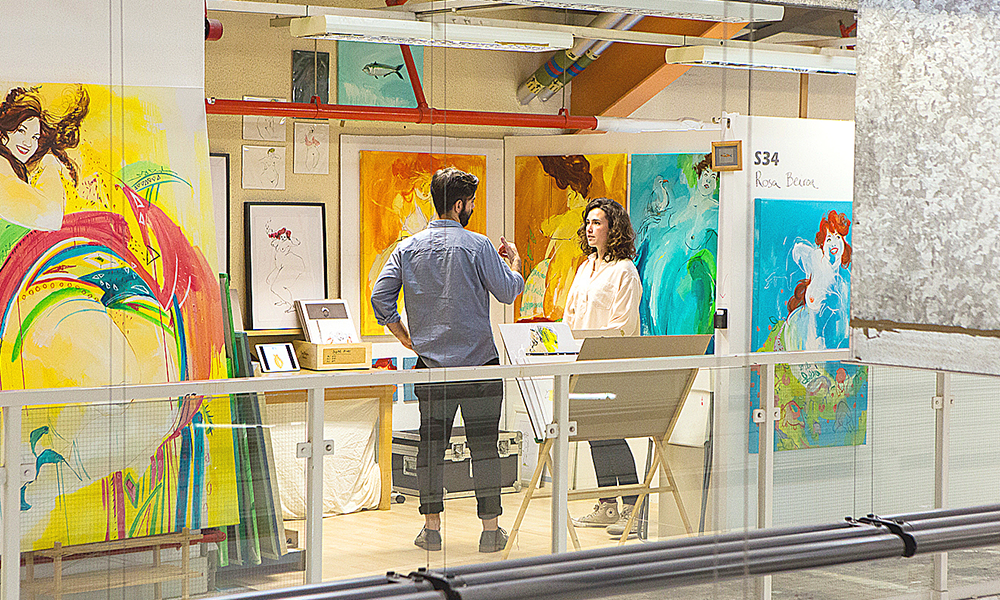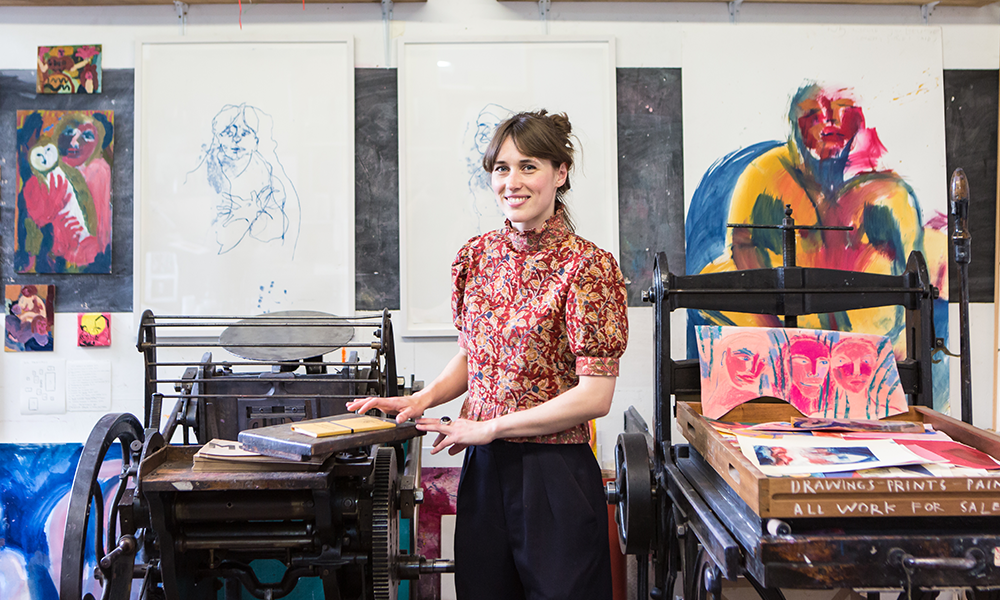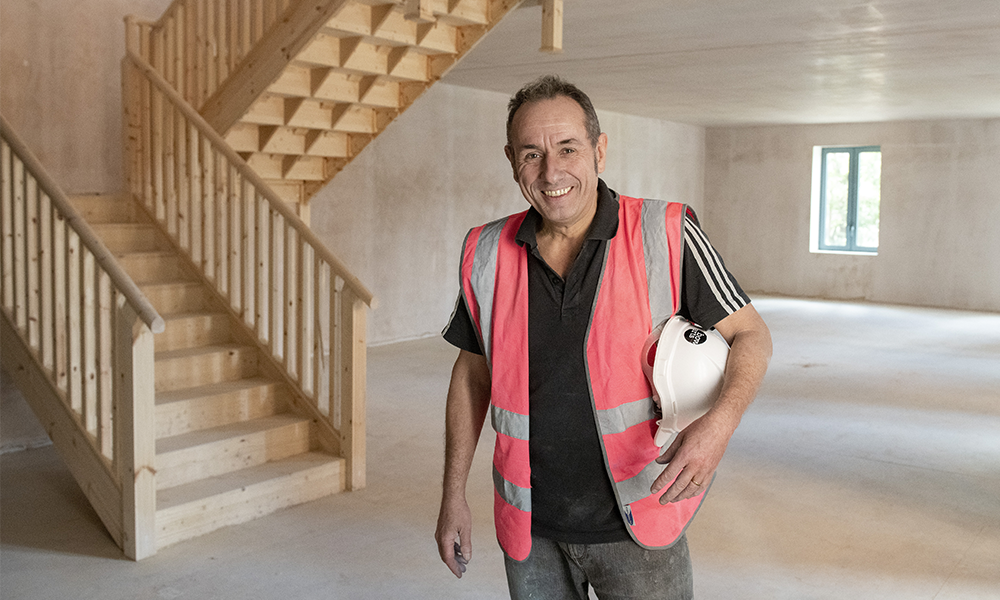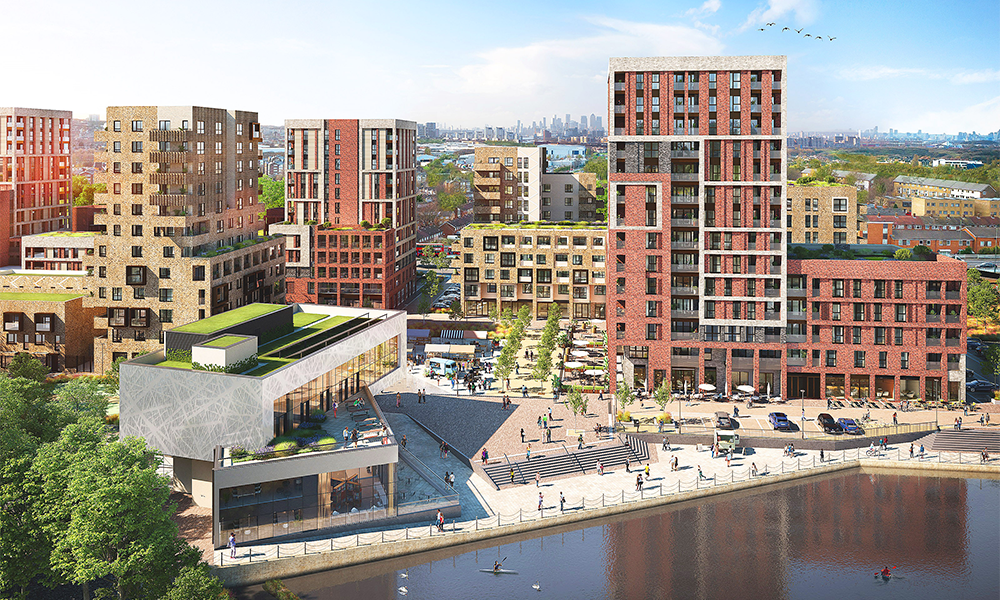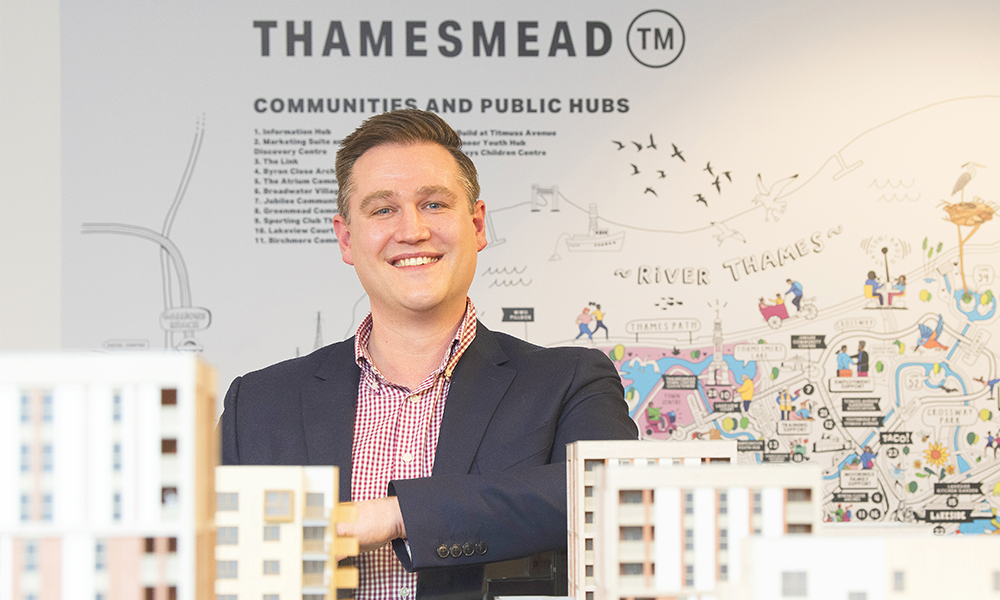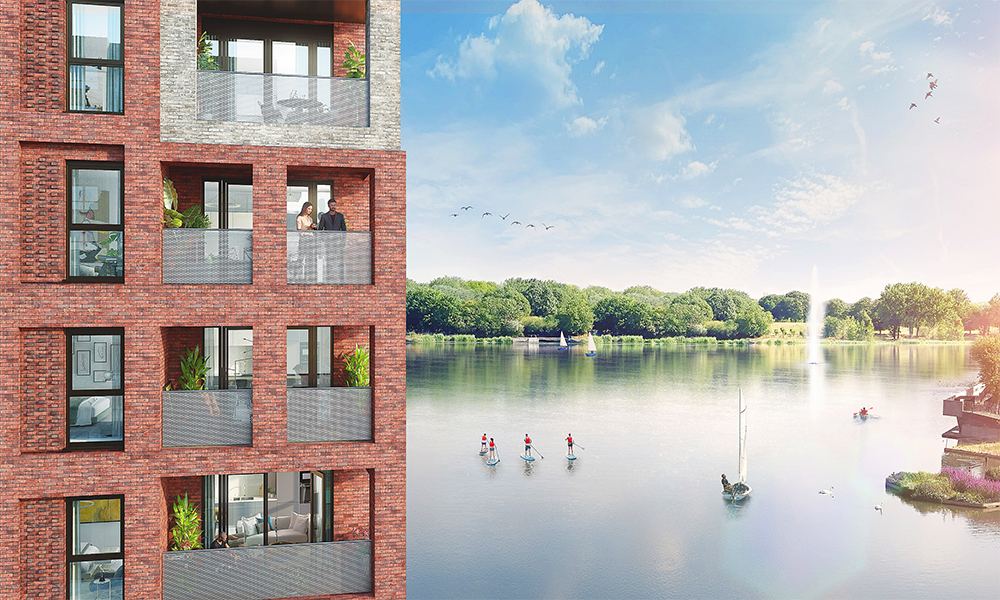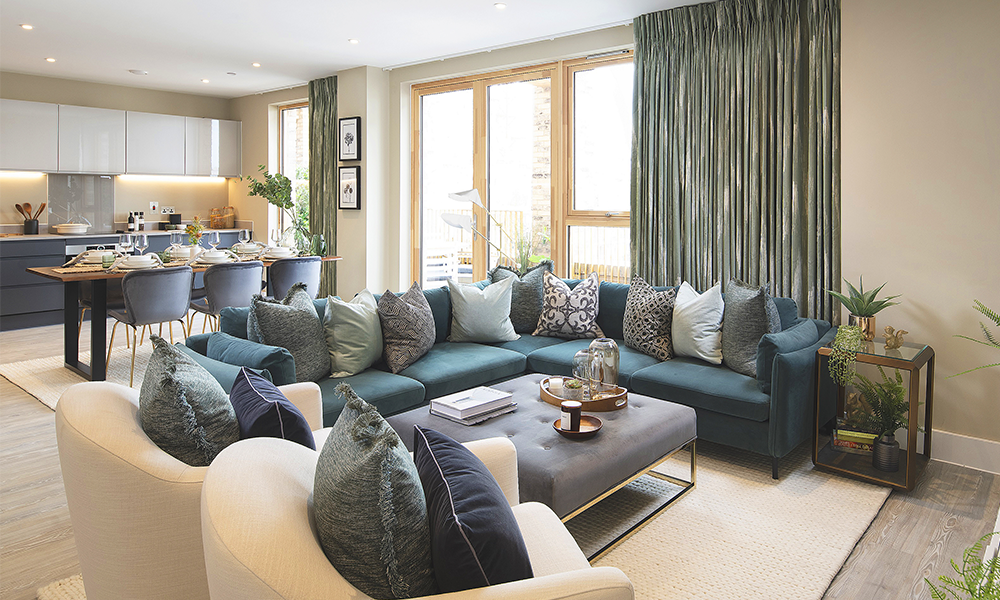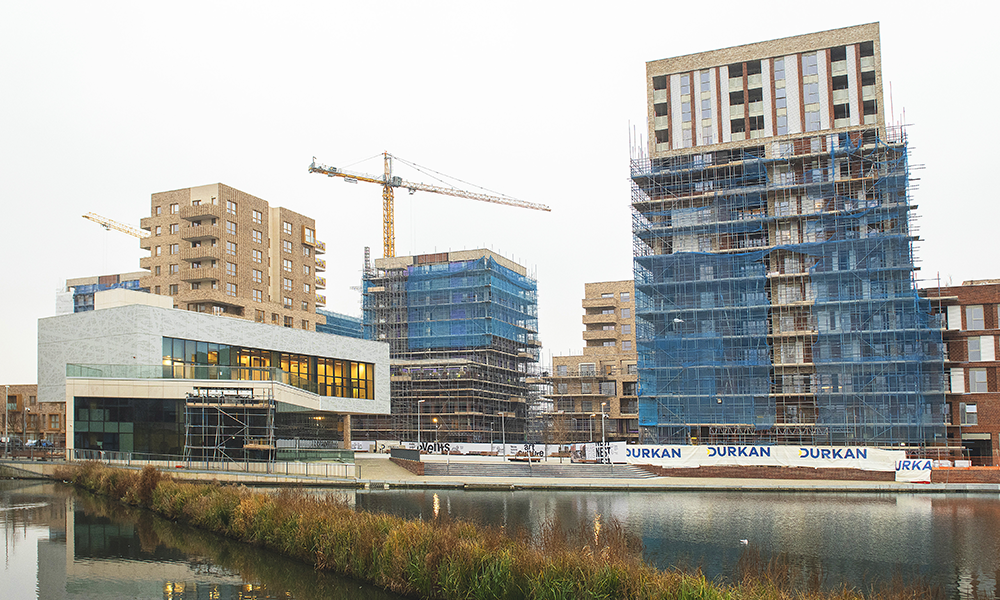Development by The Hill Group and Peabody is currently marketing apartments in The Empire building close to Dagenham Dock station
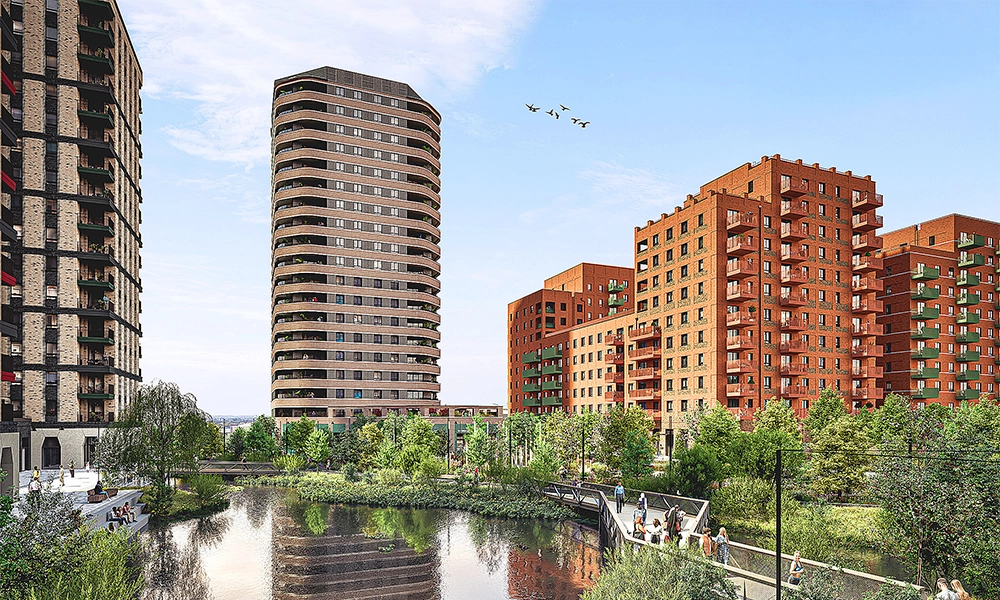
Subscribe to our free Wharf Whispers newsletter here
Crossing rivers can save you significant amounts of money when it comes to east London property.
A studio in a residential tower just south of Canary Wharf on the Isle Of Dogs might cost you £565,000.
Travel over the River Lea to Royal Docks and you can get a newly built one-bed for £459,000.
Keep heading east along the A13 – over the River Roding – and the starting price for a one-bed at Dagenham Green is £275,000, a little over 51% less than a smaller property in E14.
“Dagenham Green is a development that will appeal to people who are priced out of the areas they are renting in but who want to get on the ladder in east London,” said Eloise Solari.
“It’s a great time and place to invest, especially when people realise just how well connected and convenient the development is.”
As head of sales at The Hill Group, which is building Dagenham Green as a joint venture with housing association Peabody, Eloise is no stranger to the attractions of east London.
Her career has seen her work for developers that have transformed vast swathes of this corner of the capital including Galliard Homes and Ballymore.
With significant regeneration moving ever eastwards, she joined Hill in October and is thrilled to be working on a site with so much potential value for those taking their first steps towards owning a property.

stepping onto the ladder at Dagenham Green
“I feel really passionate about building for first-time buyers,” she said.
“Dagenham Green will have a concierge service and a lounge area for residents, but we know that putting in lots of amenities can increase service charges for people and that can affect affordability.
“It’s also good for the local economy if local businesses and providers don’t have competition from on-site services such as gyms.
“That way residents have greater freedom to decide what they spend their money on.”
Those decisions will be important for the area going forward.
“While Dagenham Green is located in Zone 5, both it and nearby Barking are seeing extensive building projects come to fruition with significant new infrastructure on former industrial land.
Hill and Peabody’s scheme alone will see around 3,500 homes built over 45 acres on a site that once hosted the Ford Motor Company’s stamping and tooling operations at its massive east London operation.
Paying respect to that history will be a heritage trail at Dagenham Green marking the achievements of women working in the firm’s factories who fought for fair remuneration in the 1960s to bring them into line with their male counterparts.
That struggle resulted in the Equal Pay Act 1970.
But the development is also very much looking to the future, with 10 acres of landscaped parkland including playgrounds and water features, all set to be created.
Plans also include a new school, a market square, cycle and pedestrian routes and pocket gardens for residents and visitors to enjoy.
The developers are currently marketing homes at The Empire building for private sale in the first phase, which also includes towers that will house rental properties.
Eloise said: “Every apartment at The Empire has its own balcony – the designs are really well thought out.
“The apartments are very light and properties come with all the conveniences you’d expect.”
In addition to Bosch kitchen appliances in the kitchens and sleek bathrooms – delivered via high quality modular construction – much thought has been paid to storage space.
The newly finished on-site show home, for example, features extensive built-in general cupboard space as well as a separate utility area.
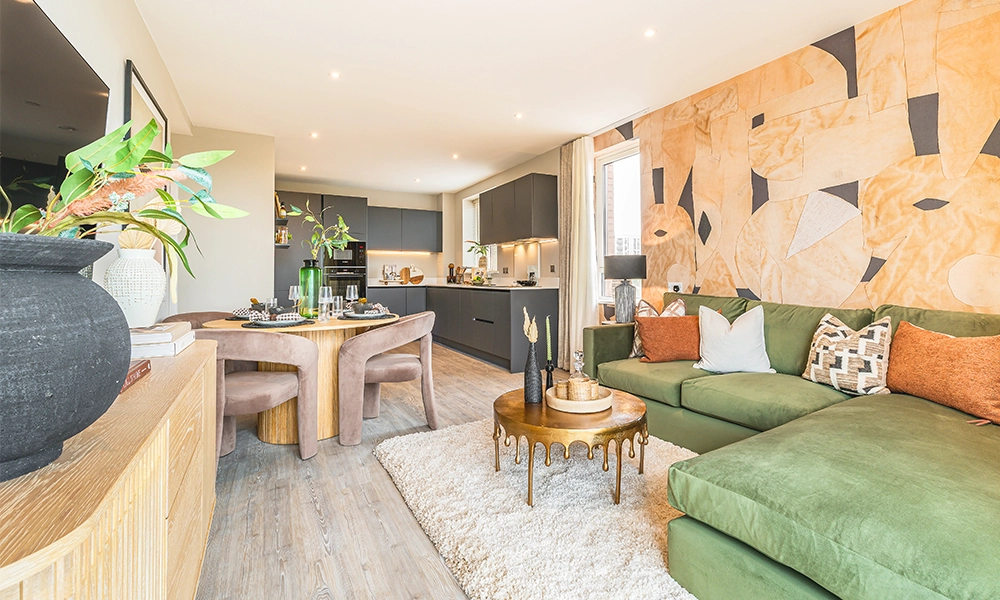
transport connections at Dagenham Green
Perhaps central to Dagenham Green’s appeal, however, is its location.
The development is right next to Dagenham Dock station, offering a direct C2C rail link into Fenchurch Street in 21 minutes.
For those with lives in east London, this is the tip of the iceberg.
The line connects to the likes of Barking and West Ham, offering a plethora of possible destinations via Tube, rail and DLR services.
That includes a commute to Canary Wharf or Stratford of about 20 minutes.
“Buyers are looking for a good work-life balance so a massive commute can be challenging,” said Eloise.
“The Empire is located very close to the station and many people don’t realise how well connected Dagenham is, whether it’s the trains, the buses or even London City Airport.
“One of the benefits of buying early on at a big development is that the starting prices are so reasonable – it’s a good time to invest.”
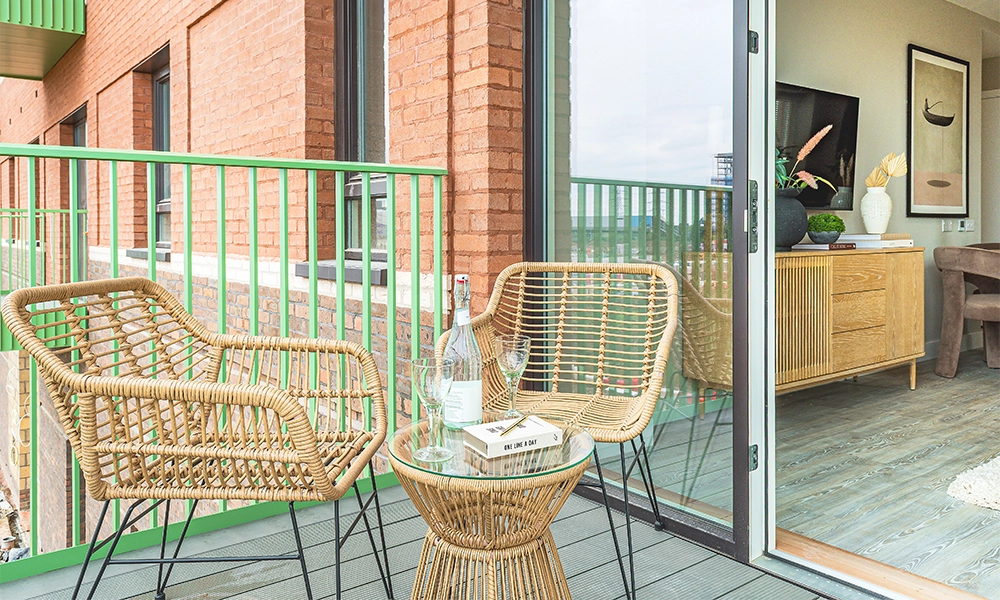
surrounded by local amenities
While Dagenham Green will boast a cafe, medical centre, supermarket, commercial space and a car club on-site, residents will also benefit from what’s already in the local area.
“We’re not far from Lakeside Shopping Centre here by car and there’s also a local Asda and Merrielands Retail Park just up the road,” said Eloise.
“We’ve had a lot of interest from local residents and businesses since we opened the marketing suite and we really welcome people coming in to say hello.”
With The Empire on a path to completion, buyers can expect brick-faced homes designed to maximise views over a five-acre urban park that pays homage to Dagenham’s marshlands.
There will be a boardwalk area with a large pond aimed at encouraging as great a variety of flora and fauna as possible to make their homes in the area alongside incoming residents.
Also on the sustainability front, the development will feature an air-source heat pump energy centre to provide low-carbon energy.
Look east, it’s the future.
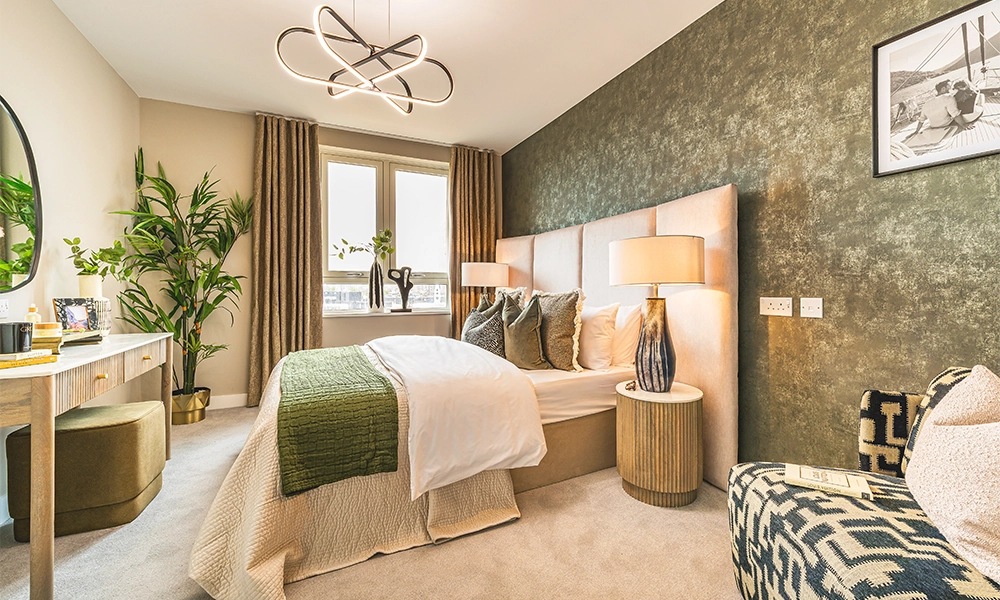
key details: Dagenham Dock
Prices for apartments in The Empire building at Dagenham Green start at £275,000 for a one-bed, with two and three-beds also available.
The 193 shared ownership homes at the scheme are expected to launch through Peabody over the summer.
Find out more about the development here
Read more: Lina Stores is set to open its doors in Canary Wharf




